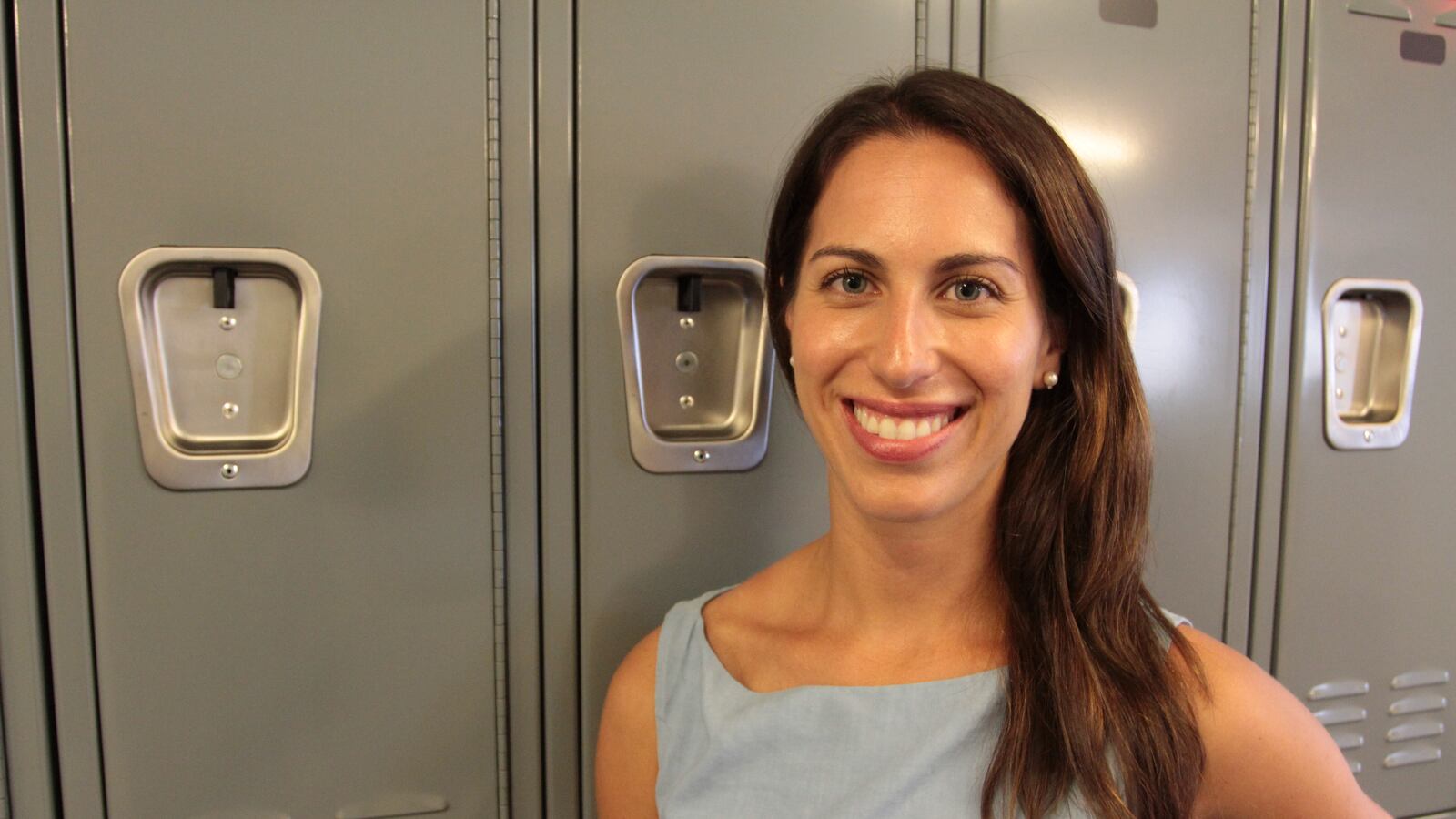“Is there a building that houses many schools that are working particularly well together? How are the schools collaborating?”
Kate Del Priore, executive director of Schools That Can NYC, has had that question on her mind as she checked in with schools this week.
Her organization works with 25 city schools — district and charter — to help them share and hear smart ideas. And Del Priore posed the question to Chalkbeat’s Raise Your Hand series, which seeks out education-related questions from the public and invites readers to help determine the stories that Chalkbeat reports.
After earning the most votes in a public voting round, Del Priore’s question turned into Chalkbeat’s first Raise Your Hand investigation. We just began working on the reporting, but sat down with her this week to learn more about her and what she hoped would come out of the story.
Del Priore said she spends her days working with schools, about half of which are co-located. But she doesn’t know much about how the other schools in their buildings operate, and how they can work together to better serve the students and teachers under the same roof.
“This was something that I really wanted to look into for the next year. I would like to see the schools that I work with be creative about what they’re doing with colocation,” she said. “I know that schools are willing — they’re willing to share and collaborate, so I think it would maybe make sense to start with the people that are in your space. But I also know that there are variables that I’m not aware of, so I don’t want to come off as being naive.”
Del Priore said she is looking for “a few recipes” of how co-located schools are working together successfully to help her schools that “see the value in coming together and crossing those lines when they can be so divisive in so many ways, and kind of going above the politics.”
She also sees a connection to another issue in New York City education: teacher turnover. Six years as a middle school and high school teacher in Philadelphia forced her to find ways to be what she calls “sustainably great,” which was a difficult task when faced with the “stress involved both from the students that are served and the teachers that serve them.”
“That is another issue facing New York right now,” she said. “Schools are worried about the sustainability of the job, and really keeping great people in the schools.”
“I kind of see there being a connection … if you can be creative and work together in a smart way, that might really benefit not just the kids, but also the talent within the building.”

